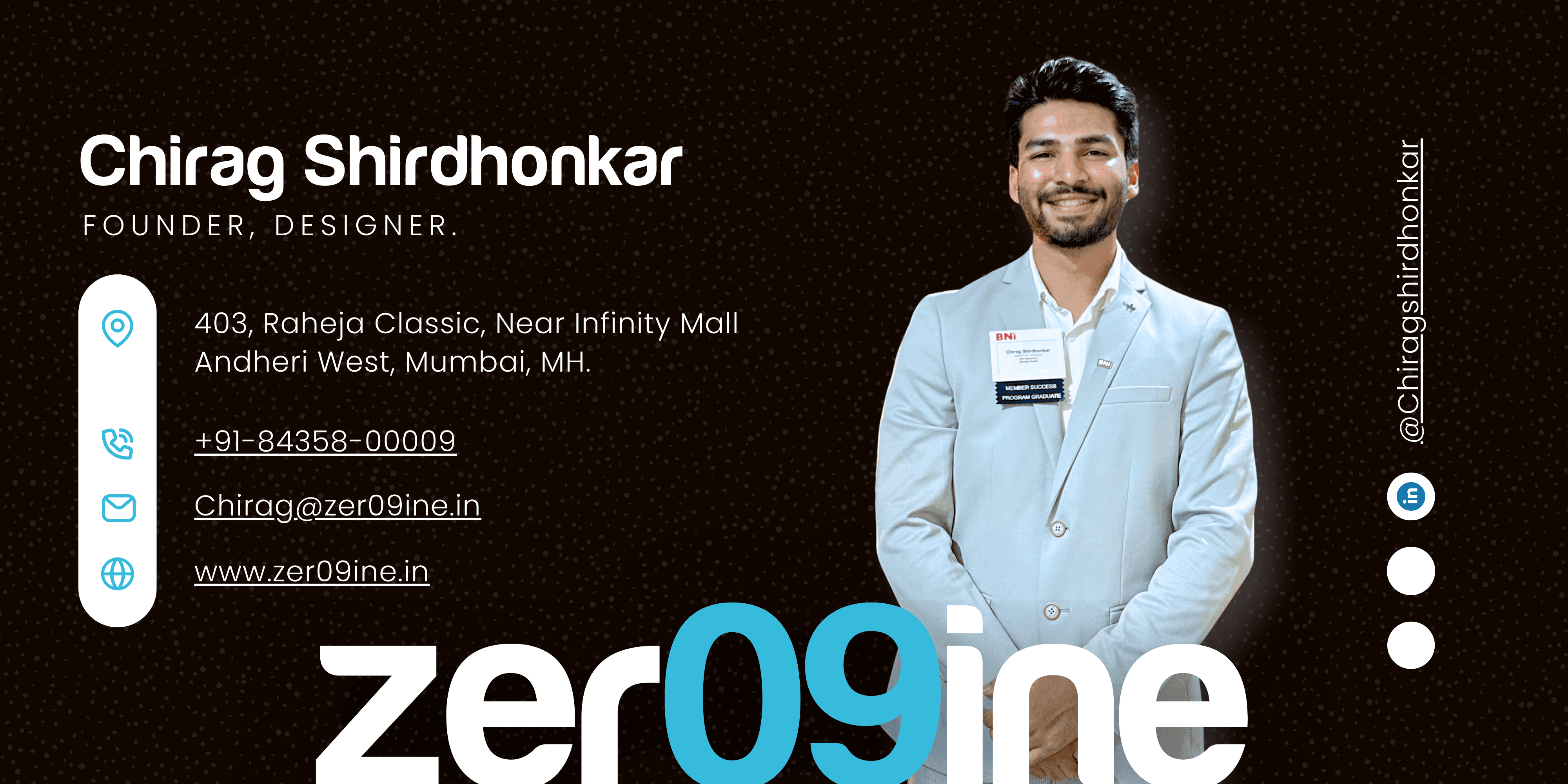List of Focused Questions



What is the story behind your brand?
Understanding the history and narrative of the brand helps create designs that reflect its authenticity.
Who is your target audience?
Ask for specific demographic details: age, gender, location, interests, etc., to ensure the design resonates with the right people.
What emotions do you want your brand to evoke?
This helps with the tone and aesthetic of the branding — whether it’s playful, professional, luxurious, or minimalistic.
What are the key messages you want your brand to communicate?
Understanding the core message helps create designs that align with the brand’s values and purpose.
What is your brand’s unique selling proposition (USP)?
This helps differentiate the brand from competitors and ensures that the design emphasizes its uniqueness.
What are some brands (in or outside your industry) that you admire?
This can reveal style preferences and inspire creative direction.
What are the strengths of your current brand, and what would you like to improve?
Identifying current successes and areas for improvement helps target the redesign or rebranding efforts effectively.
What are your brand's long-term goals?
Understanding the bigger picture ensures the design evolves with the brand's future vision.
What tone of voice do you want your brand to convey (e.g., formal, friendly, authoritative)?
This guides the style of typography, imagery, and overall design language.
What do you want your customers to feel when interacting with your brand?
Whether it's trust, excitement, nostalgia, or confidence, this influences the overall design vibe.
Are there any visual elements or design trends you specifically want to avoid?
Helps avoid designs that the client dislikes or feels doesn’t align with their vision.
What will success look like for this project?
Defining success helps both parties understand expectations and the end goal of the project.
Do you have any existing branding elements (logo, typography, colors, etc.) that need to be incorporated or reworked?
If there’s an existing brand identity, understanding how to integrate or improve it is crucial for consistency.
What are your competitors doing with their branding, and what do you think works or doesn’t work?
Helps identify what sets the brand apart and how to position it within the market.
What are the most important platforms or mediums for your brand’s presence (social media, website, print, etc.)?
Understanding where the brand will be showcased guides the design for different formats and purposes.
What’s your timeline and budget for this project?
Establishing these parameters helps set realistic expectations for both the designer and the client.
Do you have any specific content or imagery that must be included in the branding?
Knowing any must-have elements ensures that nothing important is overlooked.
Message to Designers:
Alright, now that you have the list of focused questions, here’s what you should do with the answers you receive from your clients.
If their responses align with their vision and brand goals, you're on the right track! That’s a great sign. It means you’re ready to move forward with creating a brand identity that’s strong, consistent, and truly reflective of their goals. When the answers match their overall strategy, trust that you're building a solid foundation for their branding.
However, if you notice that their answers don’t quite line up with their bigger plans—whether it’s a disconnect in their messaging, colors, or emotional appeal—it’s your job to step in and guide them.
For example, if a client says they want a 'fun, energetic' brand but chooses colors or fonts that convey 'serious and corporate,' you need to gently point that out. Explain why those choices could confuse their target audience or dilute their message. Then, offer your solution: the right color palette or typography that will help communicate that energy they want to convey.
This isn’t about challenging them—it’s about helping them see the bigger picture. By suggesting the right direction, you’re not only showing your expertise but also building trust. When clients see that you understand what works and why, they’ll appreciate your input and you’ll ultimately deliver better, more effective branding.
What is the story behind your brand?
Understanding the history and narrative of the brand helps create designs that reflect its authenticity.
Who is your target audience?
Ask for specific demographic details: age, gender, location, interests, etc., to ensure the design resonates with the right people.
What emotions do you want your brand to evoke?
This helps with the tone and aesthetic of the branding — whether it’s playful, professional, luxurious, or minimalistic.
What are the key messages you want your brand to communicate?
Understanding the core message helps create designs that align with the brand’s values and purpose.
What is your brand’s unique selling proposition (USP)?
This helps differentiate the brand from competitors and ensures that the design emphasizes its uniqueness.
What are some brands (in or outside your industry) that you admire?
This can reveal style preferences and inspire creative direction.
What are the strengths of your current brand, and what would you like to improve?
Identifying current successes and areas for improvement helps target the redesign or rebranding efforts effectively.
What are your brand's long-term goals?
Understanding the bigger picture ensures the design evolves with the brand's future vision.
What tone of voice do you want your brand to convey (e.g., formal, friendly, authoritative)?
This guides the style of typography, imagery, and overall design language.
What do you want your customers to feel when interacting with your brand?
Whether it's trust, excitement, nostalgia, or confidence, this influences the overall design vibe.
Are there any visual elements or design trends you specifically want to avoid?
Helps avoid designs that the client dislikes or feels doesn’t align with their vision.
What will success look like for this project?
Defining success helps both parties understand expectations and the end goal of the project.
Do you have any existing branding elements (logo, typography, colors, etc.) that need to be incorporated or reworked?
If there’s an existing brand identity, understanding how to integrate or improve it is crucial for consistency.
What are your competitors doing with their branding, and what do you think works or doesn’t work?
Helps identify what sets the brand apart and how to position it within the market.
What are the most important platforms or mediums for your brand’s presence (social media, website, print, etc.)?
Understanding where the brand will be showcased guides the design for different formats and purposes.
What’s your timeline and budget for this project?
Establishing these parameters helps set realistic expectations for both the designer and the client.
Do you have any specific content or imagery that must be included in the branding?
Knowing any must-have elements ensures that nothing important is overlooked.
Alright, now that you have the list of focused questions, here’s what you should do with the answers you receive from your clients.
If their responses align with their vision and brand goals, you're on the right track! That’s a great sign. It means you’re ready to move forward with creating a brand identity that’s strong, consistent, and truly reflective of their goals. When the answers match their overall strategy, trust that you're building a solid foundation for their branding.
However, if you notice that their answers don’t quite line up with their bigger plans—whether it’s a disconnect in their messaging, colors, or emotional appeal—it’s your job to step in and guide them.
For example, if a client says they want a 'fun, energetic' brand but chooses colors or fonts that convey 'serious and corporate,' you need to gently point that out. Explain why those choices could confuse their target audience or dilute their message. Then, offer your solution: the right color palette or typography that will help communicate that energy they want to convey.
This isn’t about challenging them—it’s about helping them see the bigger picture. By suggesting the right direction, you’re not only showing your expertise but also building trust. When clients see that you understand what works and why, they’ll appreciate your input and you’ll ultimately deliver better, more effective branding.

